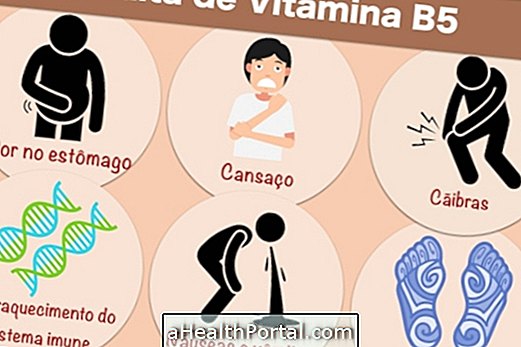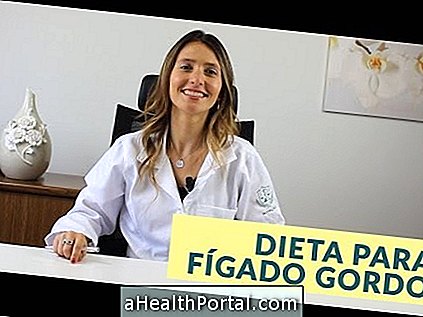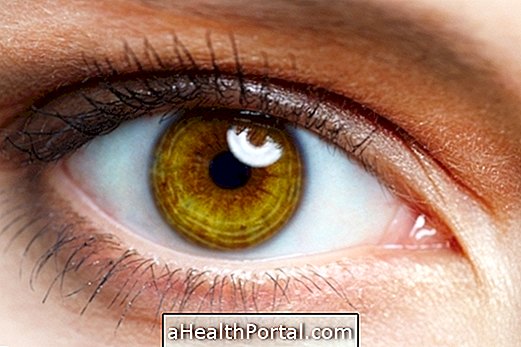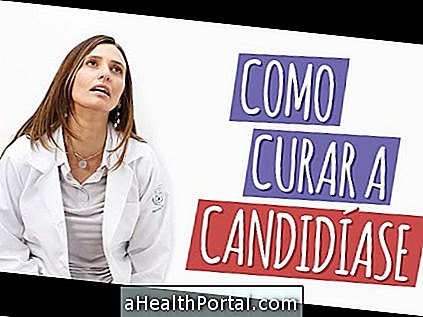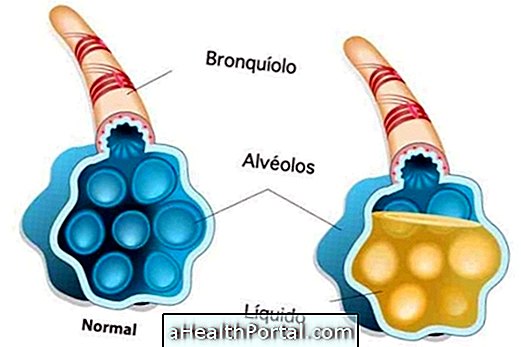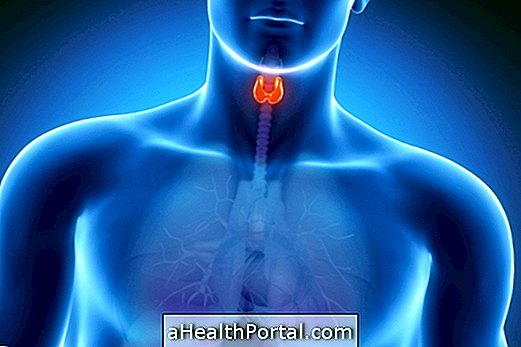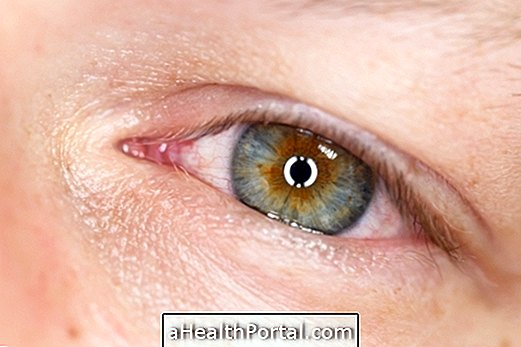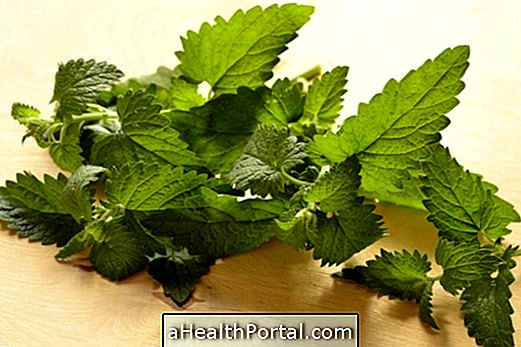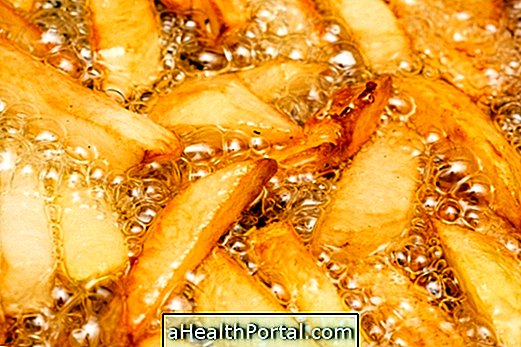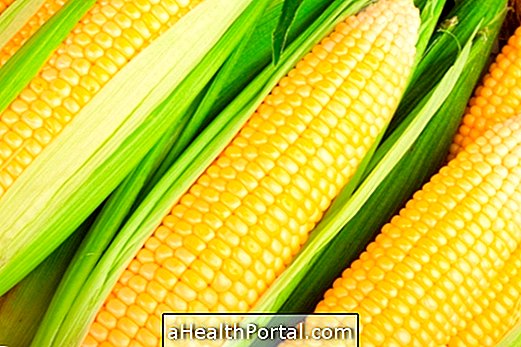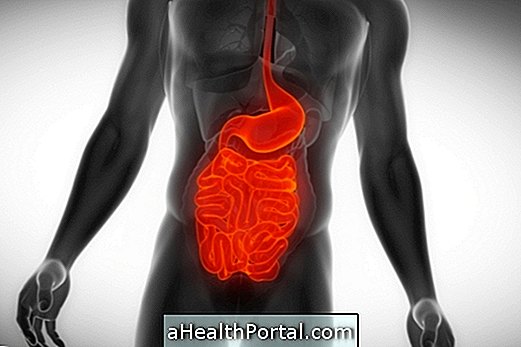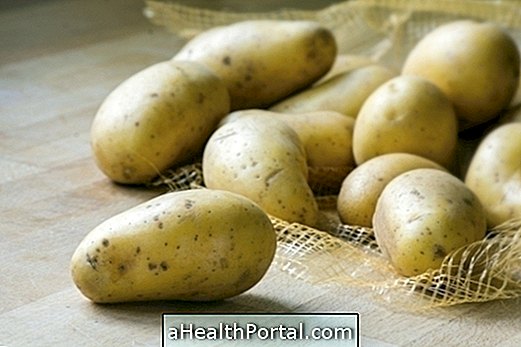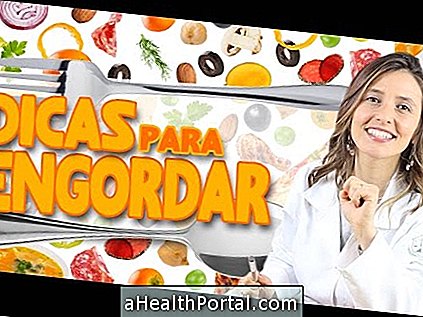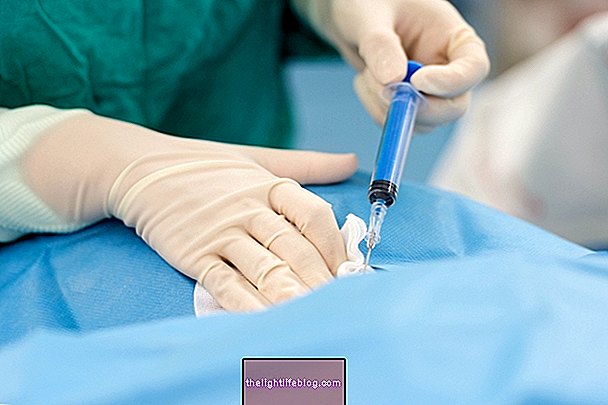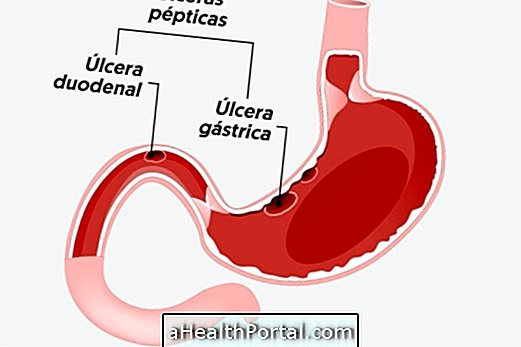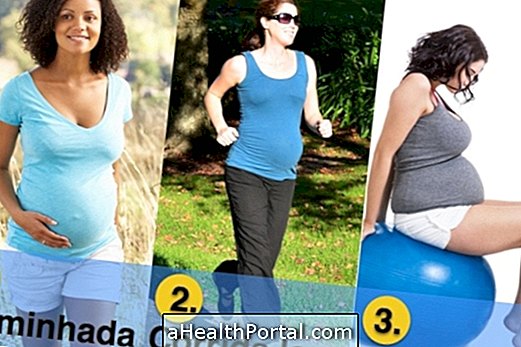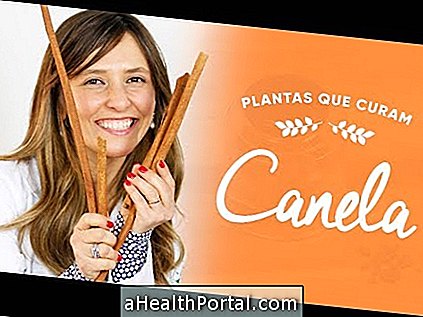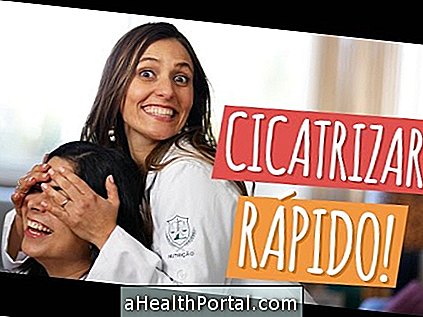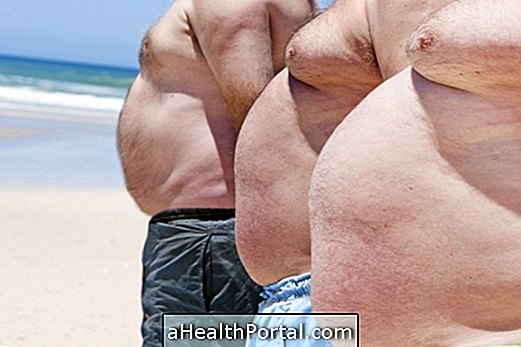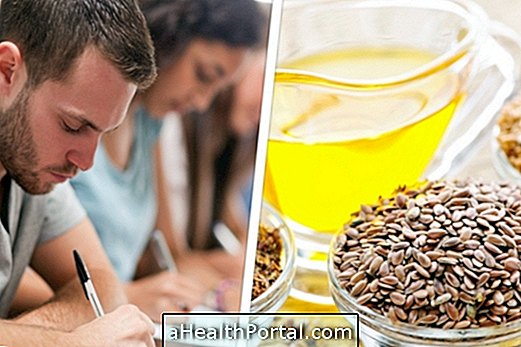The main symptoms of poor circulation in the legs are swollen ankles, varicose veins and heel cracks, which arise due to the lack of nutrients in that region of the body.
Poor circulation mainly affects older people and women, especially those who are pregnant or who use contraceptive pills, but can affect people of all ages and can be caused by diseases such as diabetes, high blood pressure and high cholesterol.
To identify this problem, one should be aware of the presence of symptoms such as:
- Cold, dry or scaly skin;
- Itching in the legs;
- Red spots on the legs;
- Varicose veins;
- Swollen feet and ankles;
- Pale or bluish color in places of poor circulation;
- Cramp in the legs;
- Tingling sensation or numbness;
- Absence of hair on the legs;
- Cracks in the heels.
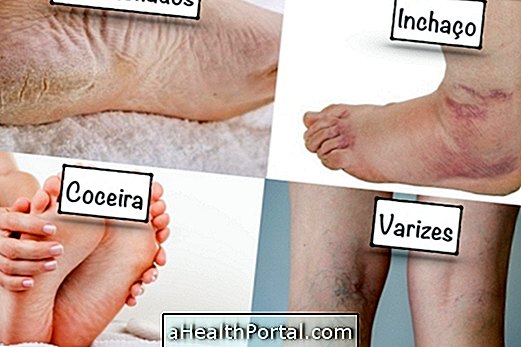
These symptoms worsen mainly at the end of the day or after long periods of sitting or standing, improving upon waking up in the morning, as the lying position during sleep promotes an improvement in circulation. However, it is important to remember that tingling in the body may indicate the presence of other diseases, such as herniated disc and stroke. See all causes here.
Treatments to improve circulation
The beginning of treatment for poor circulation should be done with regular practice of physical activity and changes in diet, increasing the consumption of foods rich in vitamin C and antioxidants such as orange, lemon, kiwi, garlic and beet. See more on diet here.
In addition, treatment may also include:
- Medications like Aspirin;
- Herbal teas such as carqueja, ginkgo biloba and garlic;
- Lymphatic drainage;
- Massage in legs and feet;
- Compression socks;
- Pressotherapy, which uses leg cuffs to improve circulation during treatment sessions.
It is also important to remember that you should stop smoking and drink alcohol to improve blood health and reduce swelling in your legs.
Here are more tips to naturally treat this problem:
- Natural treatment for poor circulation
- Home remedy for circulation
